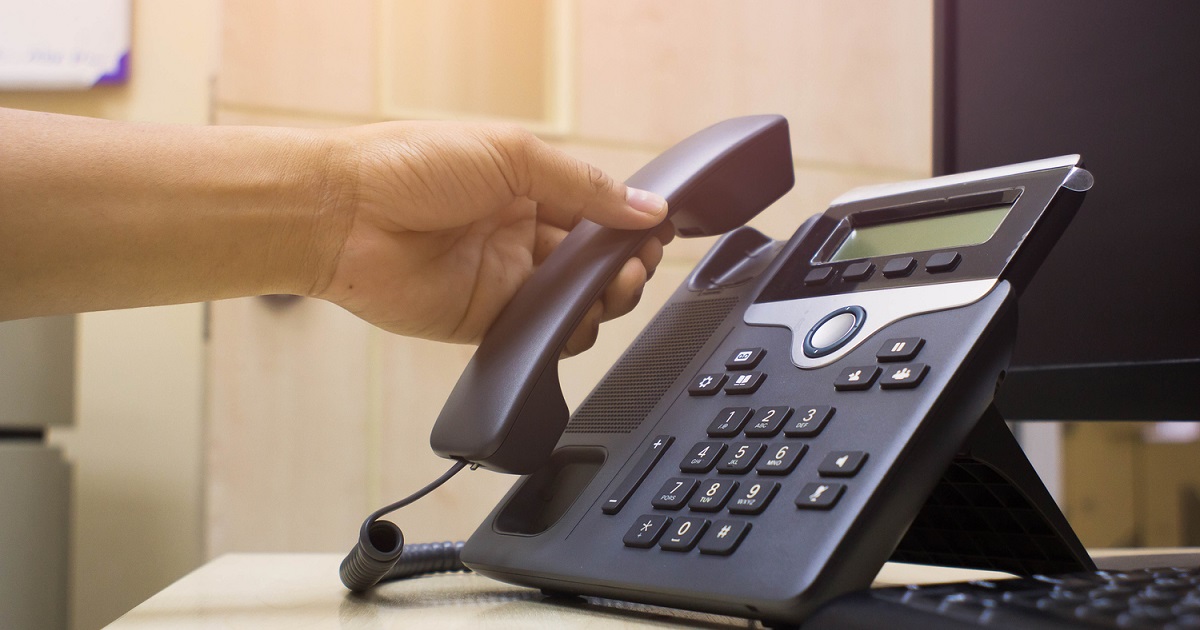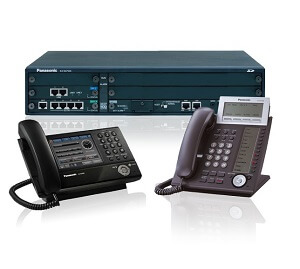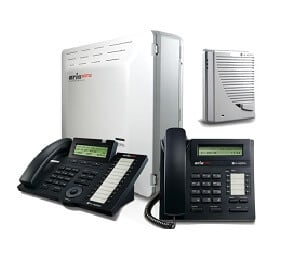
Setting Up a PABX System: A Comprehensive Guide
In the fast-paced world of modern business communication, having a reliable and efficient phone system is essential. Private Automatic Branch Exchange (PABX) systems play a crucial role in managing and optimizing your business’s telephone communications. In this comprehensive guide, we will walk you through the process of setting up a PABX system to help streamline your communication needs.
What is a PABX System?
A Private Automatic Branch Exchange (PABX) system is a private telephone network used within an organization. It allows internal users to communicate with each other and also provides a gateway for external calls, which are typically routed through a Public Switched Telephone Network (PSTN) or Voice over Internet Protocol (VoIP) service.
Benefits of a PABX System
Before diving into the setup process, let’s explore some of the key advantages of implementing a PABX system in your business:
1. Cost Efficiency: PABX systems can significantly reduce communication costs by optimizing call routing and utilizing VoIP technology for long-distance and international calls.
2. Enhanced Communication: PABX systems offer advanced features like call forwarding, voicemail, conference calling, and more, improving communication within and outside the organization.
3. Scalability: They are highly scalable, making it easy to add or remove phone lines and extensions as your business grows.
4. Professional Image: PABX systems can provide a more professional image for your business, with features like auto-attendants and call routing.
5. Improved Productivity: With features such as call queuing and call recording, PABX systems help increase employee productivity and customer satisfaction.
Setting Up Your PABX System
1. Needs Assessment
Before setting up a PABX system, assess your organization’s communication needs. Consider the number of users, the number of incoming and outgoing lines required, and any specific features or integrations you need.
2. Choose the Right PABX System
Select a PABX system that aligns with your organization’s needs and budget. You can opt for a traditional hardware-based PABX system or a cloud-based, hosted PABX solution, depending on your requirements.
3. Installation
For a hardware-based PABX system, installation will involve mounting the hardware, connecting it to your existing telephone lines, and configuring the system. For cloud-based solutions, the installation process is typically simplified and can be done remotely.
4. Configuration
Configure the PABX system to meet your specific requirements. This includes setting up user extensions, defining call routing rules, configuring voicemail, and integrating any necessary third-party applications or services.
5. Testing
Thoroughly test the system to ensure that all features and call routing are working correctly. Test both internal and external calls to verify call quality and reliability.
6. User Training
Provide training to your staff on how to use the PABX system effectively. Ensure they are familiar with basic functions such as transferring calls, using voicemail, and accessing advanced features.
7. Ongoing Maintenance
Regularly maintain and update your PABX system to ensure it continues to operate efficiently. This includes applying software updates, checking for hardware issues, and making any necessary adjustments as your organization evolves.
Implementing a PABX system is a strategic investment that can revolutionize your organization’s communication capabilities. It not only enhances efficiency but also improves customer service and fosters a more professional image. By following the steps outlined in this guide and selecting the right PABX solution for your needs, you can set up a reliable and powerful communication system that will benefit your business for years to come.
GET IN TOUCH WITH US
We have compete business solution with most cost effective price without compromising it’s quality. CCTV System comprising Hybrid & IP Platforms, Card Access & Time Attendance System, Key Telephone System, IPPBX Systems.




